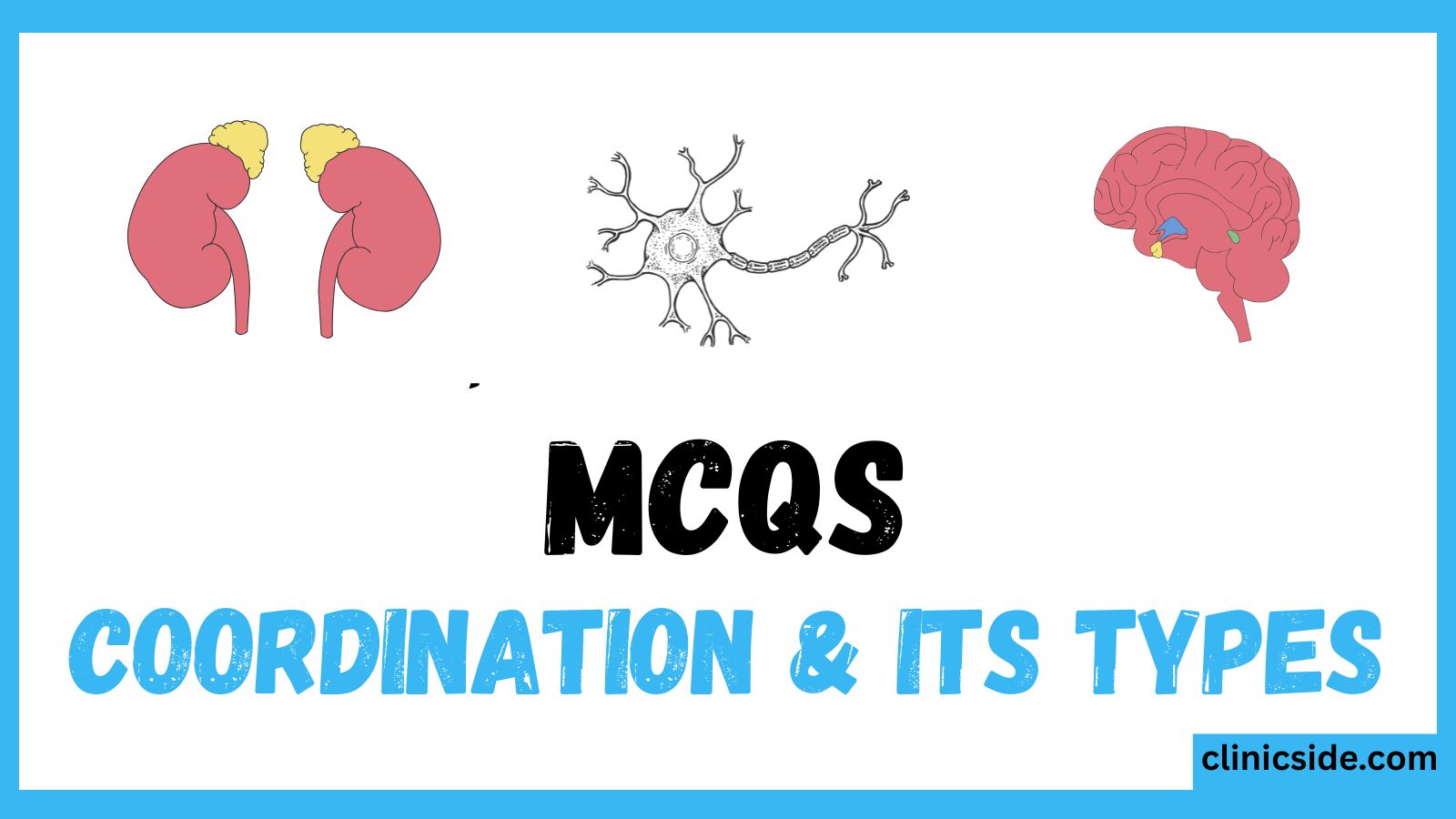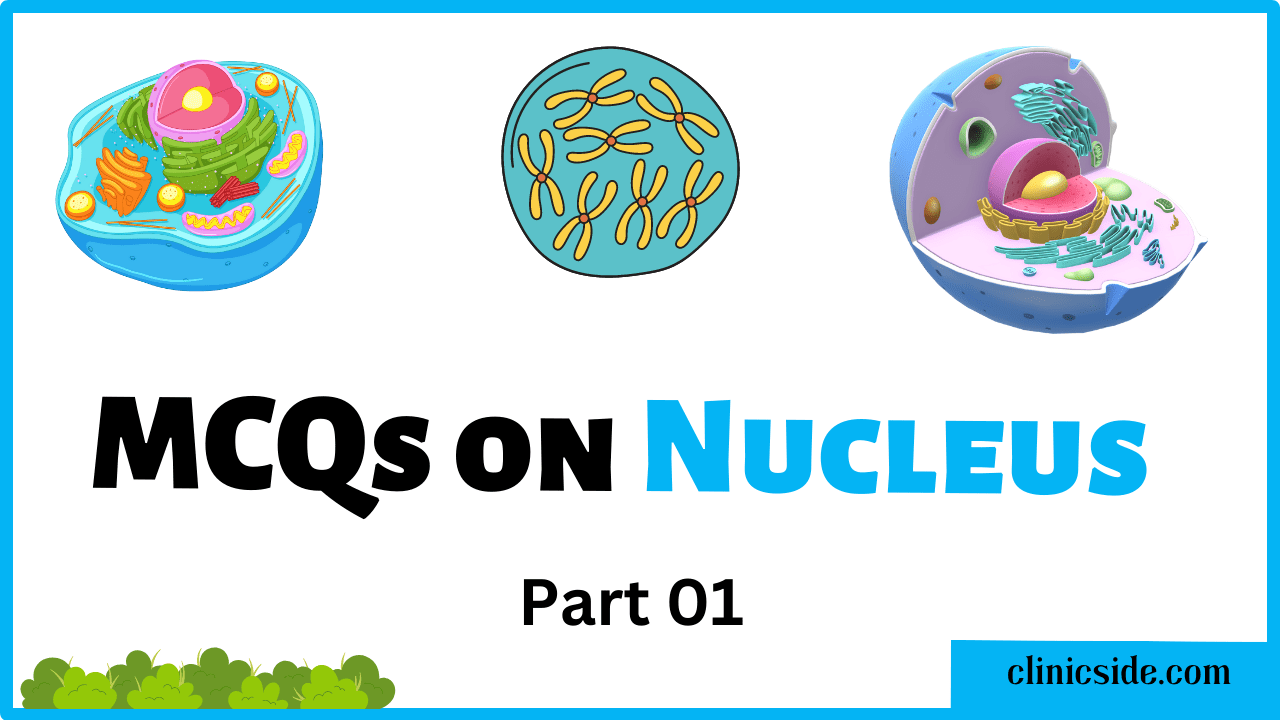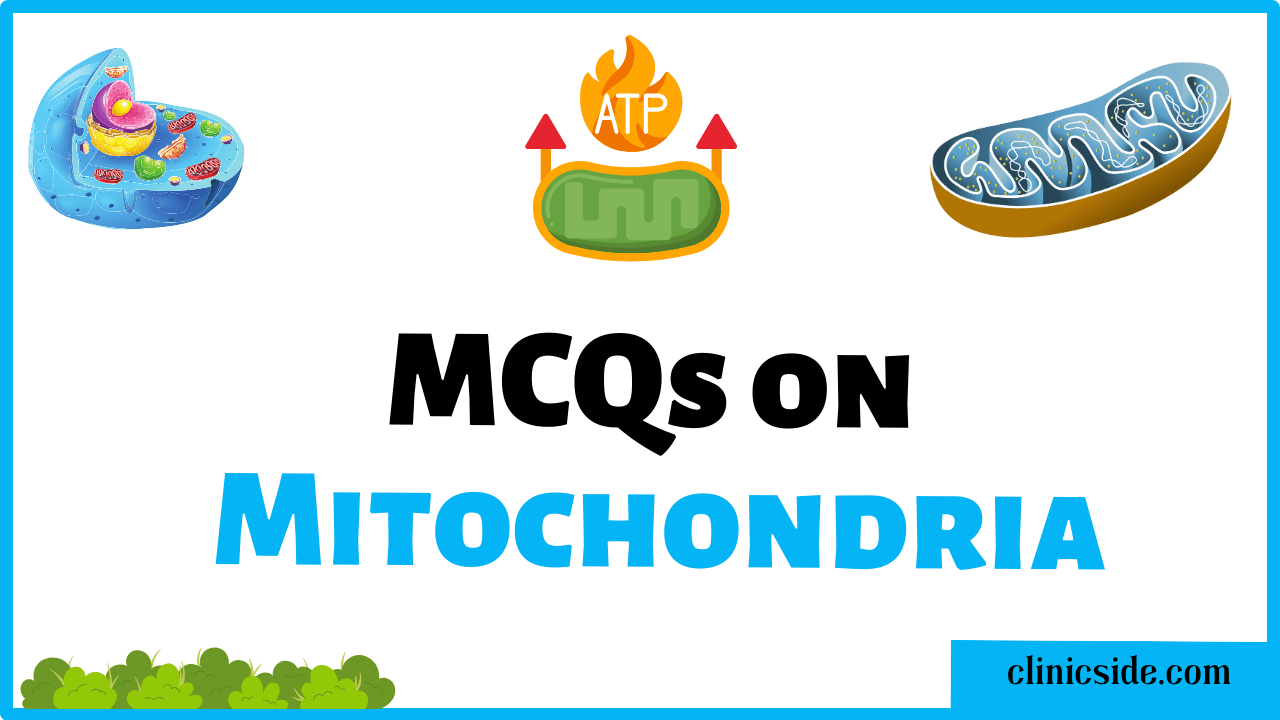Coordination and its types play a vital role in maintaining harmony among different organs of living organisms. Every living being performs multiple activities such as movement, digestion, breathing, and responding to environmental changes. To ensure all these processes occur smoothly and in sync, coordination is essential.
Quiz
Available options: 1 to 20
In biology, coordination and its types help us understand how different parts of an organism work together for survival. Without proper coordination, body organs would function independently, leading to confusion and imbalance.
What is Coordination?
Coordination is the process through which various organs and systems of the body work together efficiently to perform vital functions. It involves the integration of activities between organs and tissues so that the organism acts as one unit.
In simpler words, coordination means the linking of different body parts to respond effectively to internal and external changes.
The focus of coordination and its types is to ensure that every organ system communicates properly. For example, when you touch something hot, your nerves quickly send signals to your muscles to move your hand away — that’s coordination in action!
Need for Coordination
Understanding coordination and its types becomes easier when we recognize why it’s necessary. The main reasons are:
- To ensure smooth functioning of body systems.
- To respond accurately to external stimuli.
- To maintain internal balance (homeostasis).
- To prevent conflicting actions among organs.
- To help organisms survive in changing environments.
Hence, coordination and its types maintain the perfect balance between different organs, allowing life processes to occur without interruption.
Types of Coordination
Coordination in living organisms can be broadly divided into two major types:
1. Nervous Coordination
Nervous coordination is controlled by the nervous system, which includes the brain, spinal cord, and nerves. It ensures quick and accurate responses to changes in the environment.
Key Points:
- Information is transmitted through nerve impulses.
- It is a fast and immediate form of coordination.
- Involves receptors, effectors, and neurons.
- Examples: moving your hand from a hot object, blinking your eyes, or jumping when startled.
In the context of coordination and its types, nervous coordination is like an instant messaging system that sends and receives information within seconds.
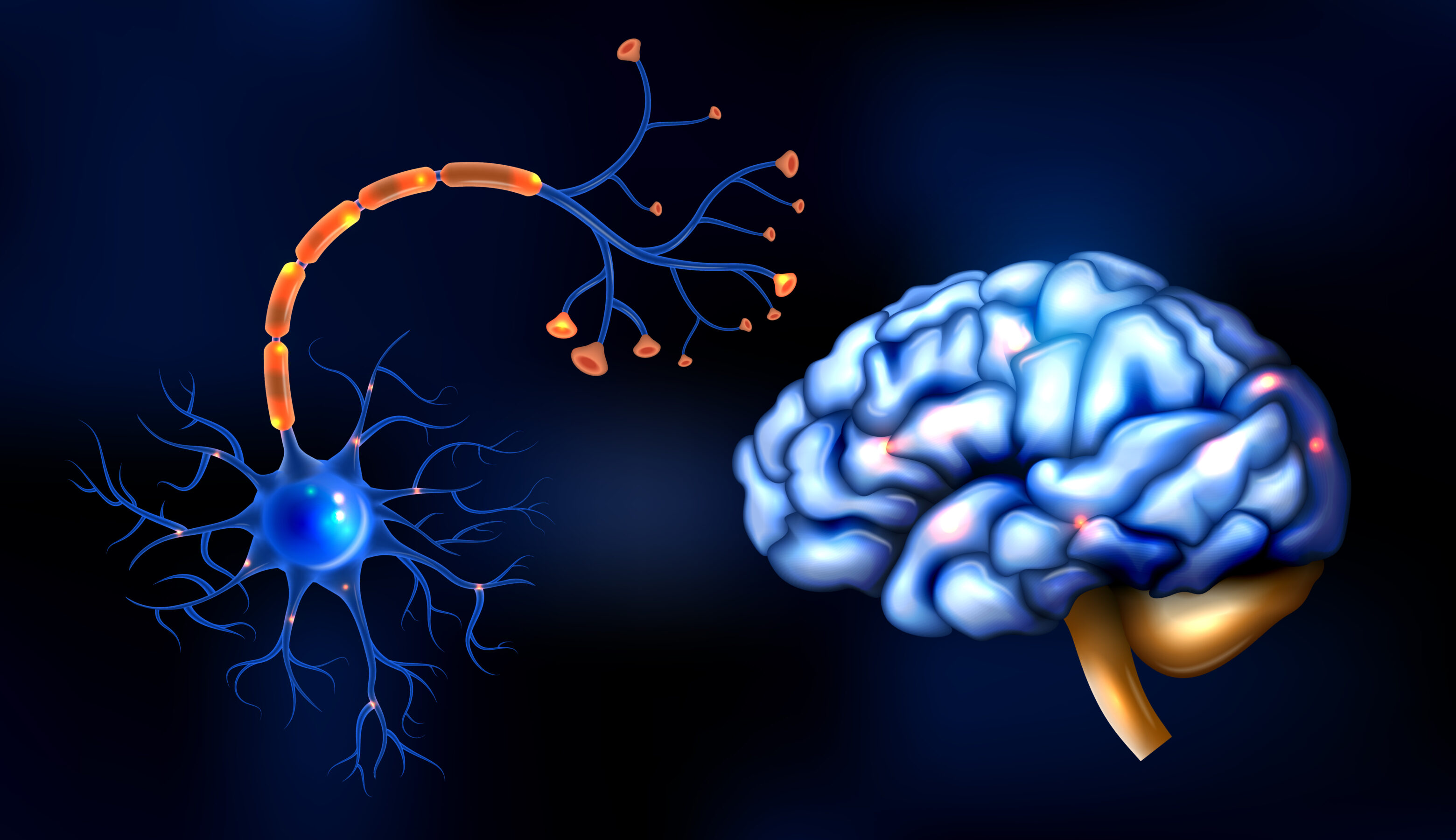
2. Hormonal Coordination
The second type in coordination and its types is hormonal coordination, managed by the endocrine system. This system uses hormones—chemical messengers secreted by glands—to control various body functions.
Key Points:
- It works slowly but has long-lasting effects.
- Glands like the pituitary, thyroid, and adrenal glands release hormones into the blood.
- Controls growth, metabolism, reproduction, and mood.
- Example: The hormone insulin controls blood sugar levels.
In coordination and its types, hormonal coordination ensures that long-term processes such as growth and development remain balanced and steady.
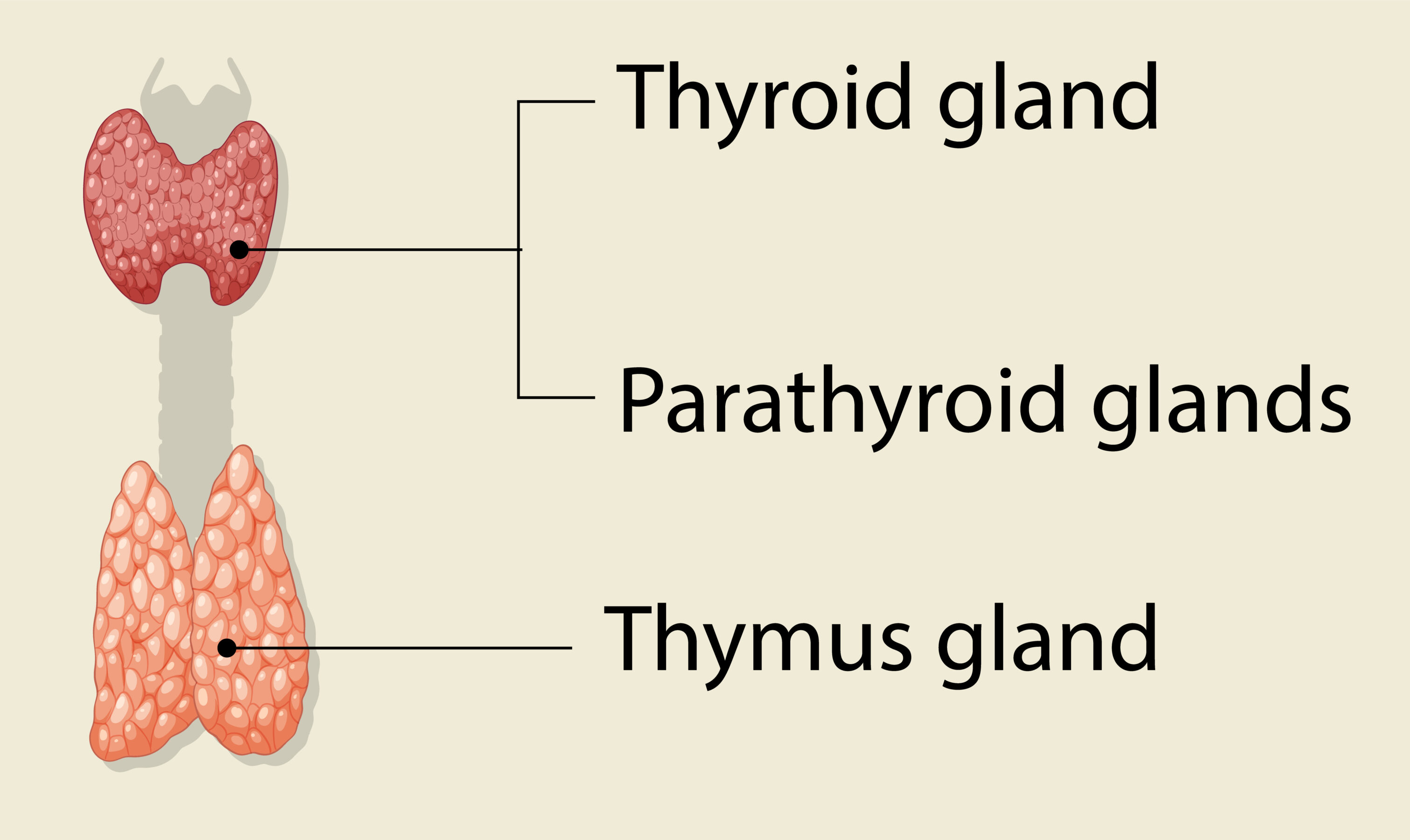
Difference Between Nervous and Hormonal Coordination
| Feature | Nervous Coordination | Hormonal Coordination |
|---|---|---|
| Speed | Very fast | Relatively slow |
| Nature | Electrical impulses | Chemical messengers |
| Duration | Short-term | Long-term |
| Organs Involved | Brain, spinal cord, nerves | Endocrine glands |
| Example | Reflex actions | Growth control by hormones |
This table highlights how coordination and its types differ yet complement each other for overall control in organisms.
Coordination in Plants
While animals have both nervous and hormonal systems, plants mainly depend on chemical coordination. Plant hormones like auxins, gibberellins, and cytokinins help control growth, movement toward light, and responses to gravity.
Hence, even in plants, coordination and its types play a significant role in adapting to their surroundings.

Importance of Coordination and Its Types
Understanding coordination and its types helps explain how life remains organized. Key importance includes:
- Enables quick and suitable responses to stimuli.
- Maintains balance between internal and external activities.
- Supports communication among body parts.
- Ensures survival through adaptive actions.
- Promotes growth, reproduction, and repair.
Thus, coordination and its types are the foundation of life’s harmony and control.
Summary
In summary, coordination and its types describe how organisms control and integrate different body functions. Nervous coordination handles quick actions, while hormonal coordination manages long-term adjustments. Together, they ensure every system in the body works as one unified whole.

